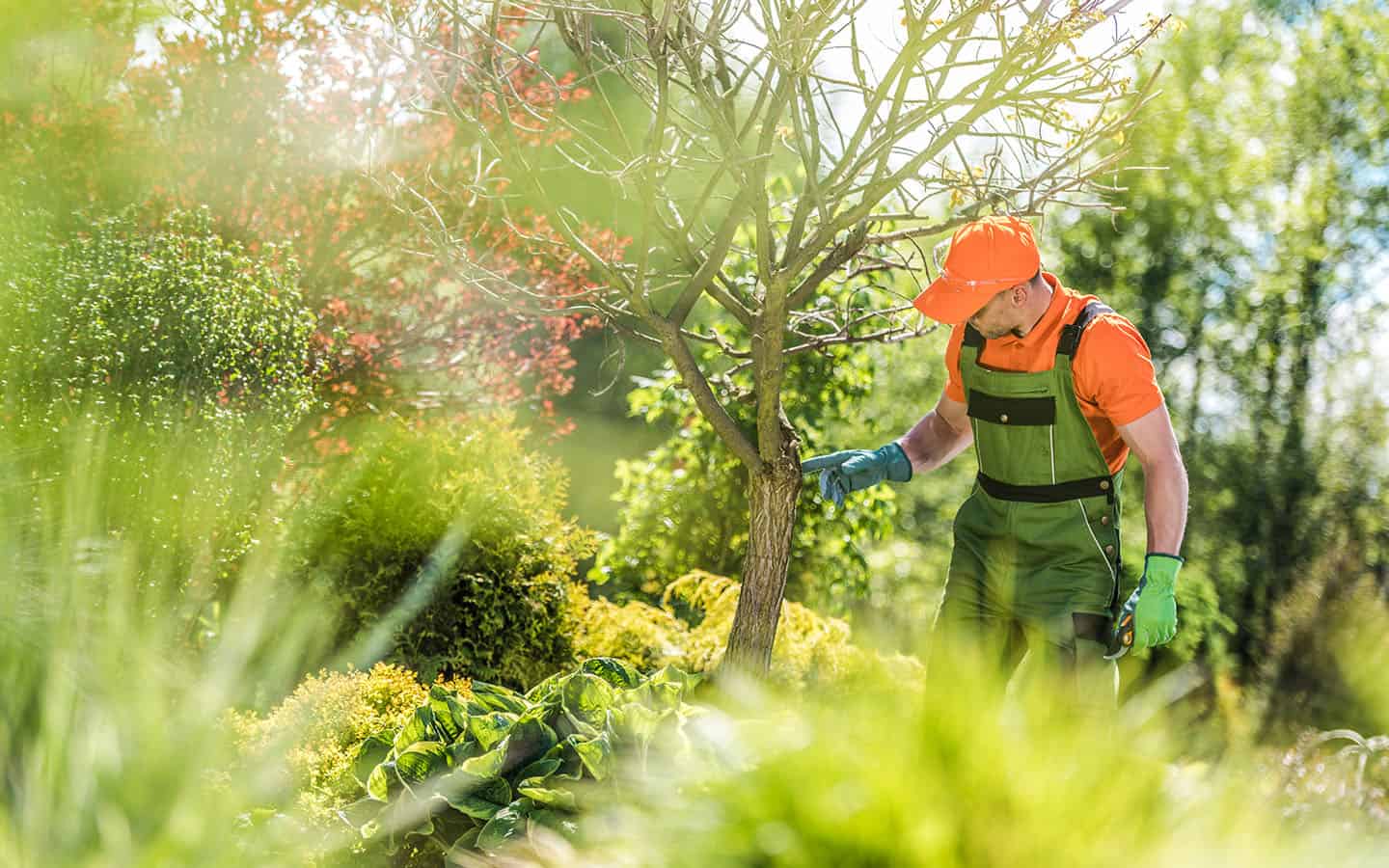It’s probably not highlighted on your calendar, but August is “Tree Check Month,” the idea being you should spend a few minutes examining trees and gardens for threats to plant health. That includes signs of insects, disease and fungi, for instance.
The emerald ash borer has certainly been a notable example, the invader having claimed thousands of trees in the region. Woolwich, for instance, is currently culling an Elmira woodlot due to an infestation of the insect, first seen in Canada in 2002.
Other species of note include the Asian long-horned beetle, hemlock woolly adelgid (an aphid-like insect that attacks and kills hemlock trees, recently found in Ontario) and Oak wilt (a disease caused by a fungal infection, says the Canadian Food Inspection Agency (CFIA), which is spearheading Tree Check Month in this country in conjunction with its American counterpart, the United States Department of Agriculture.
Having the public involved is key, the agency notes, pointing out that pests such as hemlock woolly adelgid, Asian long-horned beetle and emerald ash borer were first found in new areas by Canadians who reported them to the CFIA.
“Keeping invasive pests out is a team effort to protect our natural environment, forestry, agriculture and economy. Canadians play an important role in detecting plant pests and limiting their spread,” said Dr. Bill Anderson, chief plant health officer for Canada and executive director, plant health and biosecurity at CFIA, in a release.
When a pest is found in a new area, CFIA confirms the pest’s identity and works with provincial, municipal and other partners to determine the geographic spread, investigate the source and put in place measures to control and, when appropriate, eradicate the pest.
Region of Waterloo forester and planner Albert Hovingh suggests homeowners be aware of any changes involving the trees and plants on their properties, noting when things aren’t “normal.”
“Signs of abnormal insect activity, plant appearance or bird behaviour should all be triggers that something may be happening. Local garden centres and horticultural societies (or even Google) are good places to check quickly for collaborating evidence, even if it is just anecdotal,” he said in an email.
“This is more or less what we do at the region – I am out and about quite a bit and I try to be aware of anything that strikes me as ‘out of place’ so that can give it a closer look to see if it is something that requires our attention.”
If you spot something that still seems out of place upon investigating, it’s a good idea to pass the information along, Hovingh notes.
“It’s also helpful if residents who become aware of something give us a heads up – what starts in someone’s yard might spread out to other areas and some advance notice is always good.”
Ann Roberts, Woolwich’s environmental coordinator, says the township, too, looks for anything unusual when it comes to pests. She echoes Hovingh’s advice about sharing information.
“Township staff are out regularly in our parks and along trails and take note of any unusual insect activity or disease. We also have our volunteer inventory and pruning crews who make note of insects, etc. as they do their work,” she said.









